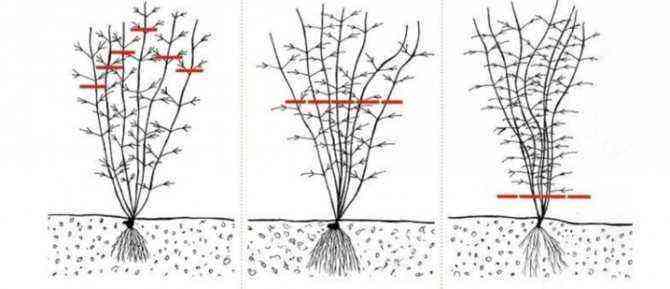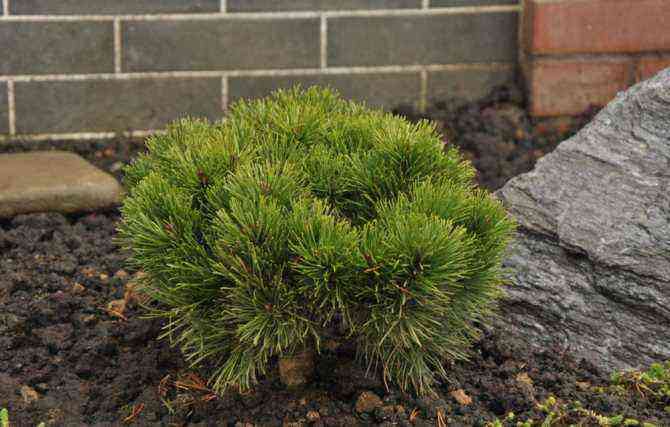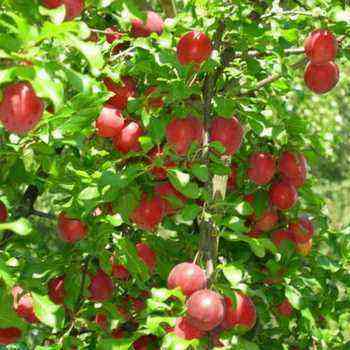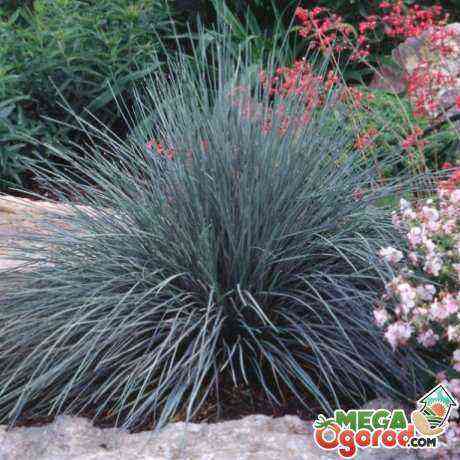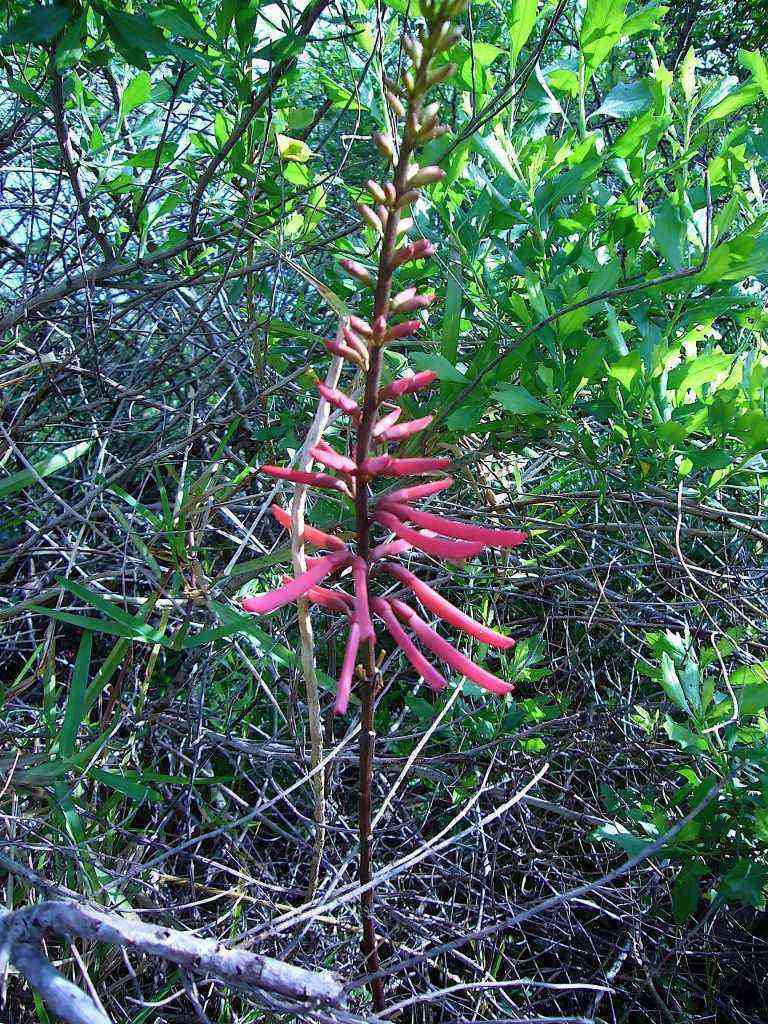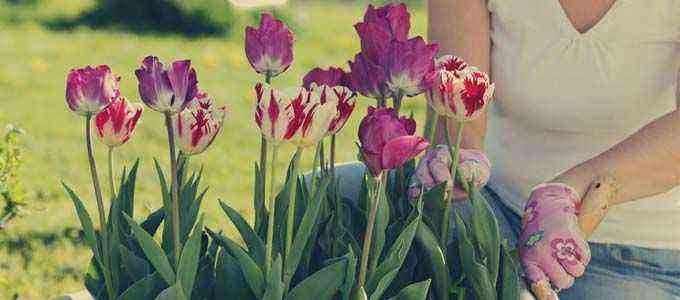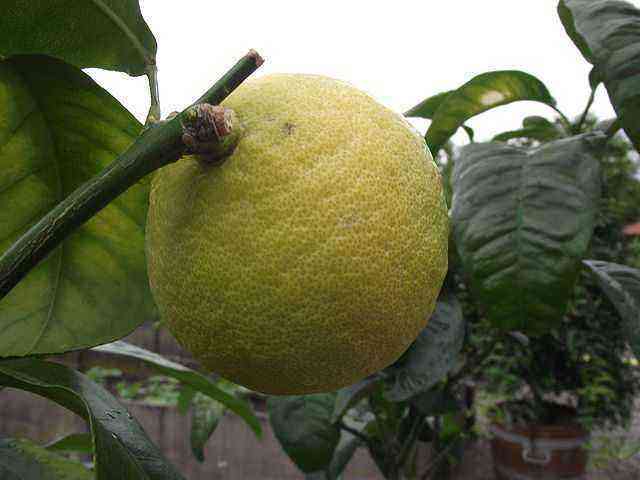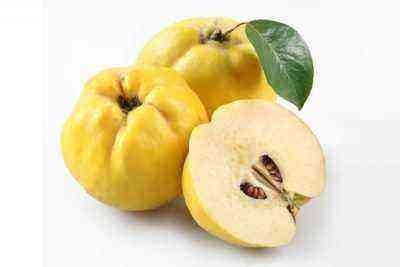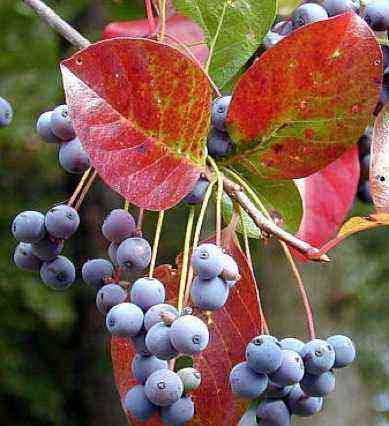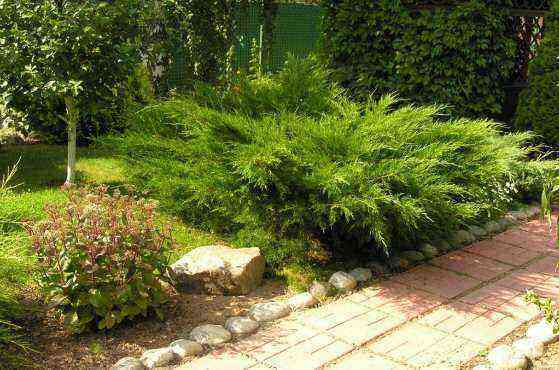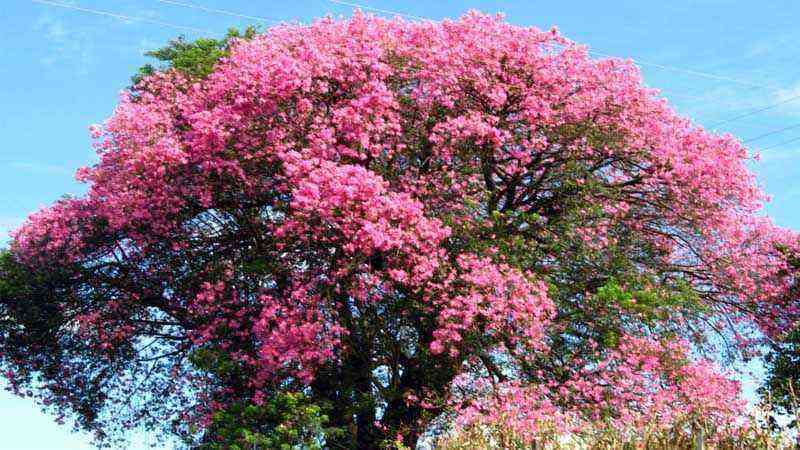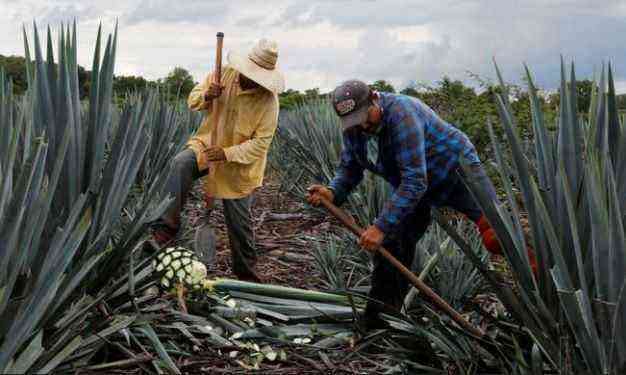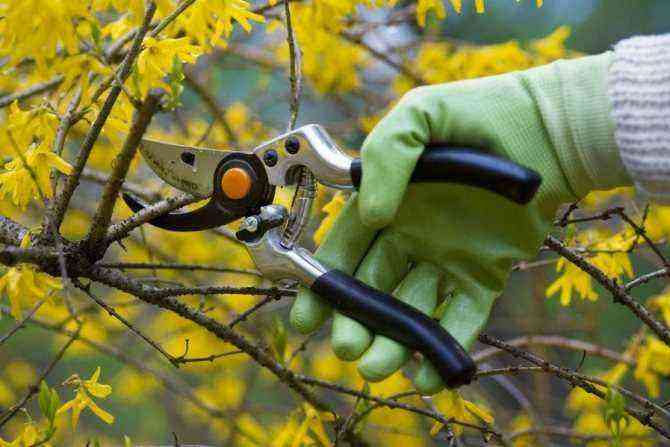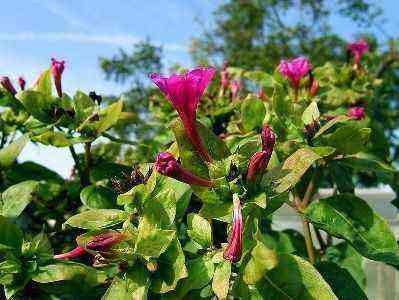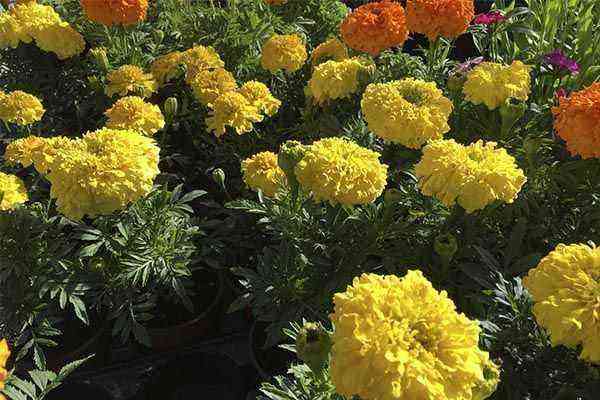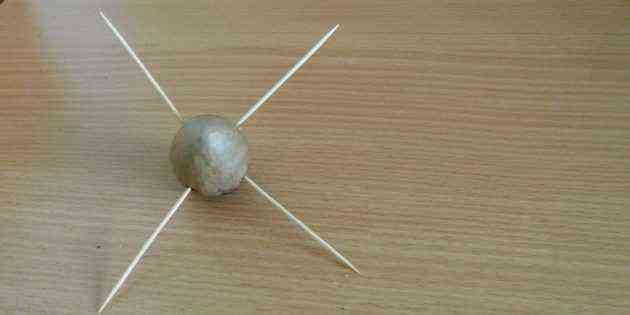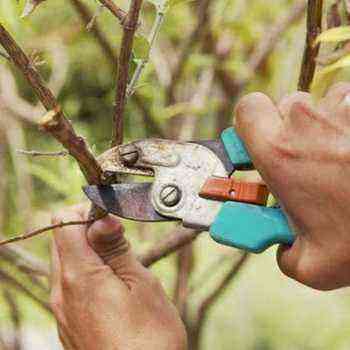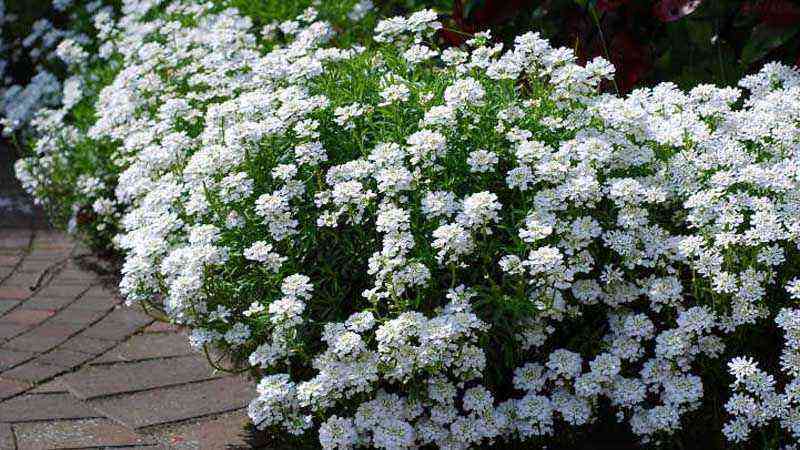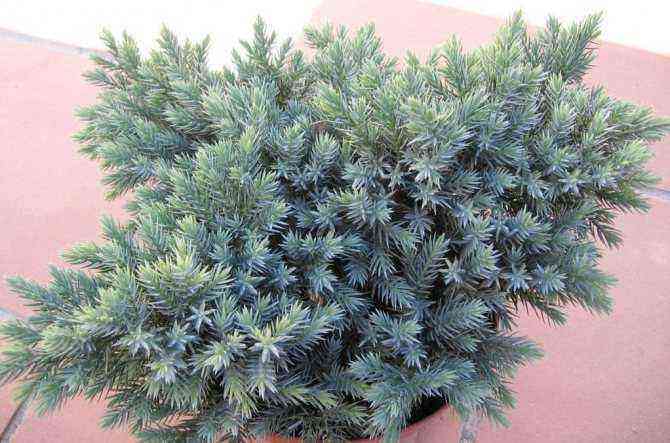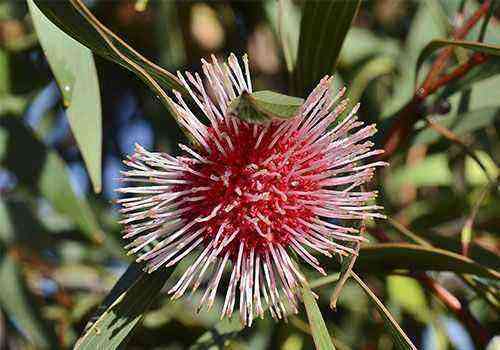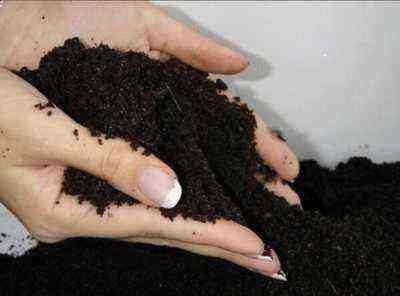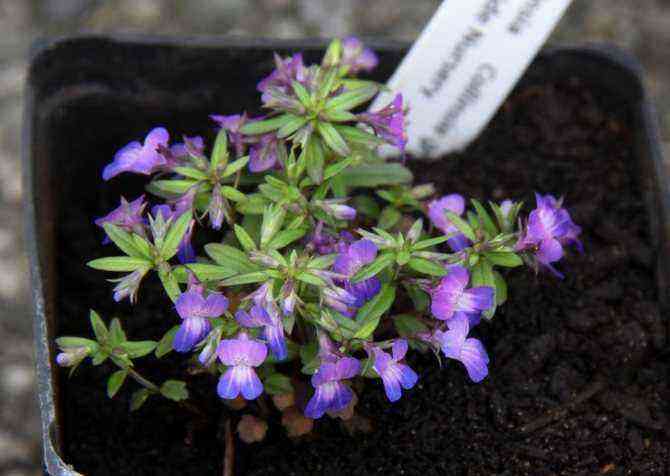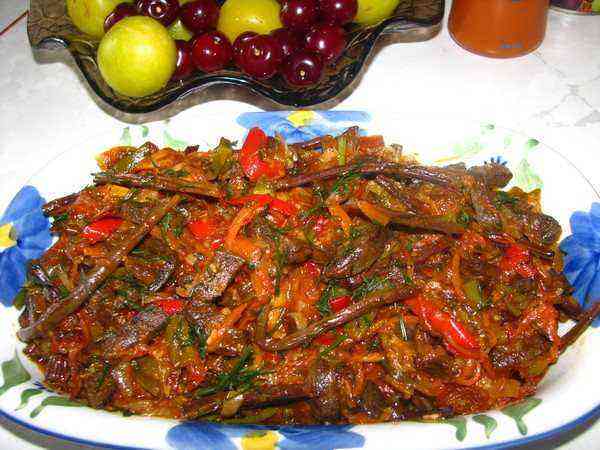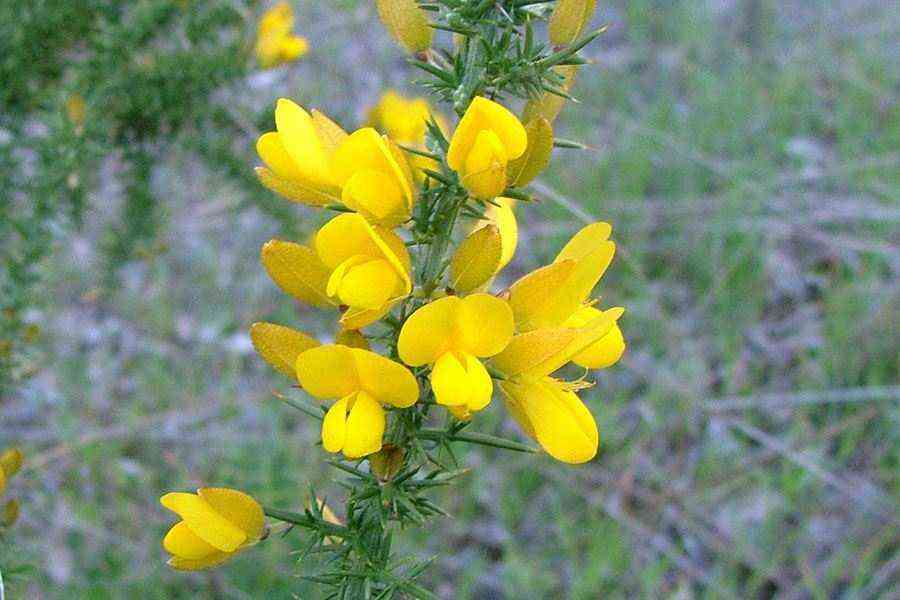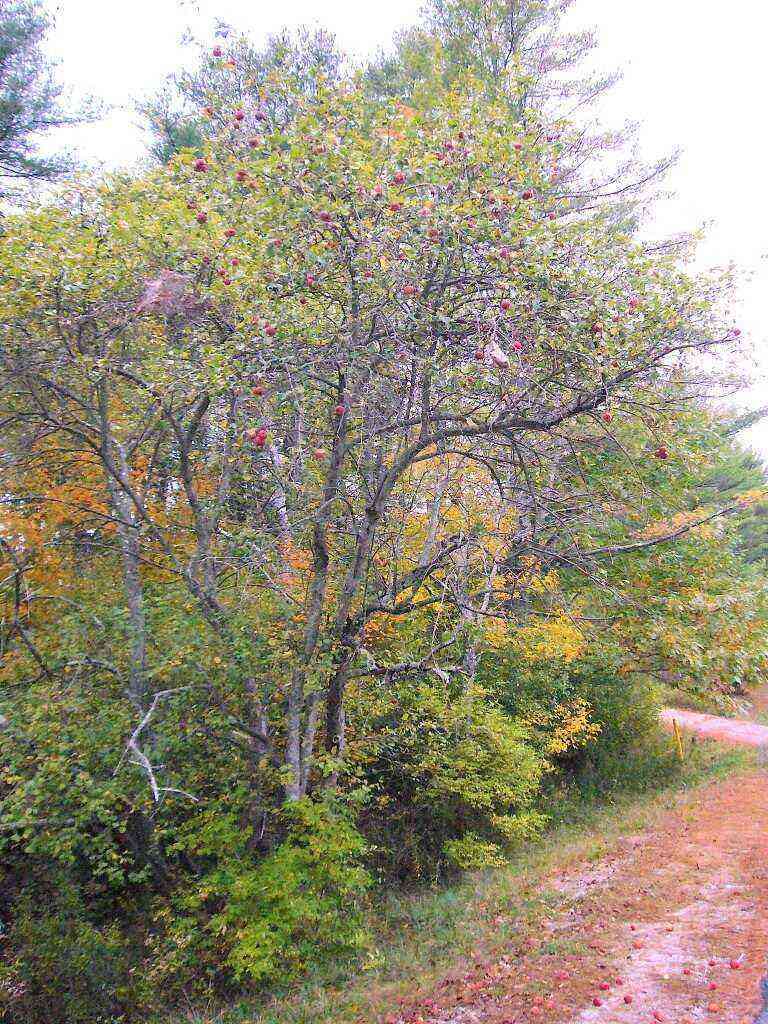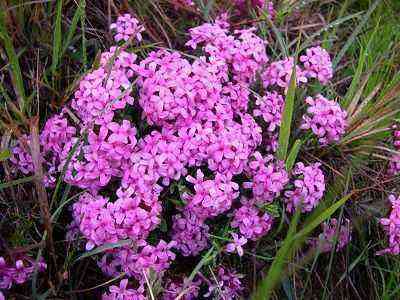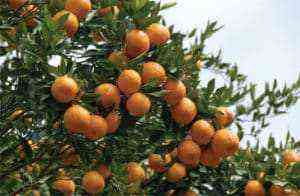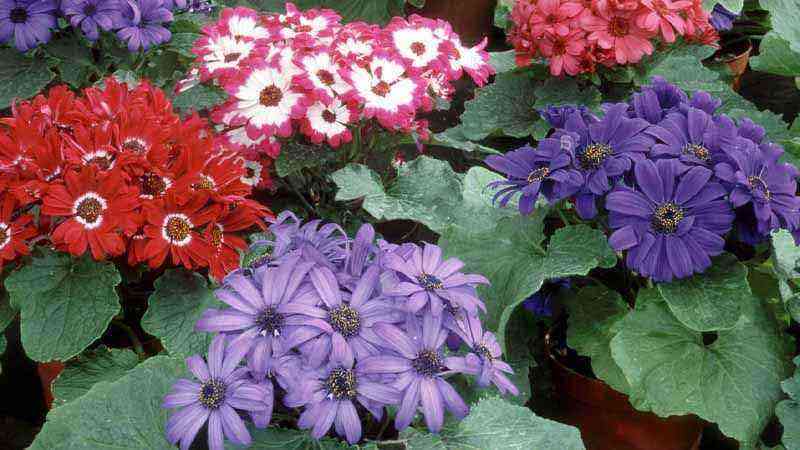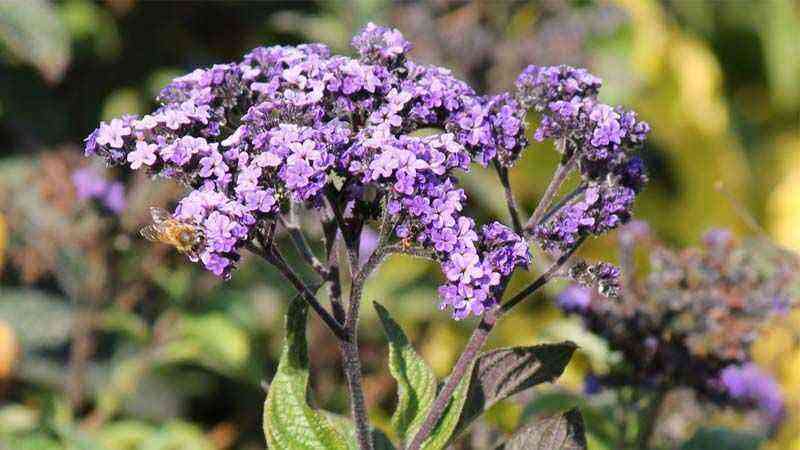I faced a problem when one wall of the gazebo in the country had to be landscaped with something. A neighbor advised to plant clematis Tangut – a tall vine with yellow flowers. Honestly, I was interested in the name itself – something unusual.
And when they planted and grew the plant, the joy knew no bounds: the beauty was extraordinary, and the flowering was tender and original. I want to share information, as well as photos and videos on how to properly care for and plant clematis. Believe that this vine will be a real decoration of your summer cottage.
Clematis Tangut
This is how clematis Tangut blooms, buds in diameter can reach 3,5 cm
Clematis Tangut is a perennial plant that belongs to the buttercup family. The homeland of this plant is East Asia, the territories of China and Mongolia. Clematis grows in the form of a bush, whose branches twist like lianas and braid nearby trees, fences, arches or any other supports.
Clematis leaves fall every fall. The stems of the bush have an angular shape with ribs, strongly branch and stretch up to 3 meters in height. Along the length of all branches, gray-green leaves are not densely located on petioles 5-6 cm long. Their shape is oblong-oval, along the edges of the notch. There are three-lobed leaves.
On low peduncles, buds are located, the petals of which are painted in a golden tone. The flowers in the open state reach 3,5 cm in diameter.
The bell-shaped perianth forms a beautiful drooping composition with the flower.
Perianth leaves in the amount of 4 pieces, open wide when blooming. They are painted in a bright yellow tone, oblong-oval in shape with a sharp tip. The flowering of Tangut clematis lasts from early summer to mid-autumn.
Reviews of summer residents
Irina, 56 years old, Moscow region
Clematis of the Tangut group are my favorites. The varieties “Grace” and “Radar of Love” have been growing on the site for more than a dozen years. They are unpretentious, easily tolerate the vagaries of the climate, and require almost no maintenance. They hibernate well without shelter and pruning. Very beautiful in autumn, when the bushes are completely covered with “fluffy” seeds. They bloom profusely in summer, they perfectly close the ugly fence and the wall of the barn. The only problem is the thickening of the bushes. Excess stems have to be cut regularly, otherwise the branches are woven into a real “koltun”.
Dmitry, 44 years old, Orel
In my dacha, species clematis (Tangut) is growing. Several bushes braid the fence and the low stone wall between the vegetable garden and the recreation area. I propagated the vine myself, with seeds collected from the first plant I bought. It turned out to be very easy: in the spring I sowed a handful of seeds in a previously prepared “groove”. Now I want to get an Anita sapling. I hope it will also be unpretentious and will not require extra effort when growing.
Tatiana, 56 years old, Usolye-Sibirskoye
I tried to plant different seeds of species clematis. Best of all (without stratification and other difficulties) Tangutsky rises. Liana is fast-growing, begins to bloom in the year of sowing. In subsequent years, it gains greater density and height up to 5 meters. Looks very decorative due to long-term abundant flowering of small yellow flowers and fluffy “tuft” seeds, which remain on the shoots until late winter. The plant is unpretentious: it does not need pruning and removal from supports, it tolerates our frosts down to minus 40 and even lower. Gives abundant self-seeding. The only drawback is that it is difficult to propagate by cuttings.
Care
When choosing a landing site for Tangut clematis, several factors must be taken into account. The soil should be slightly alkaline, loose. In acidic environments, the plant develops poorly, blooms poorly and often simply dies. Also, to avoid stagnant water, the soil is well drained.
Dusting the leaves will revive the plant.
Lighting should be good, only young clematis need constant shading. An adult shrub needs sunlight for abundant and bright flowering. Drafts and wind have a bad effect on the plant, this factor should be taken into account when choosing a place.
It is necessary to water the clematis bushes regularly, but water stagnation should also be avoided. The humidity of the air should be increased; for this, the bush is periodically sprayed. This will wash the dust off the leaves and give the plant a fresh and well-groomed look.
To strengthen the bush, it is recommended to feed it with mineral and organic fertilizers. In the spring, the bush can be watered with milk of lime. In the summer months, a mullein, well diluted in water, is suitable as a fertilizer. It is necessary to apply top dressing 4-6 times per season, alternating organic matter and mineral fertilizers.
For the winter, after the end of flowering and when preparing the bush for wintering, it can be fertilized with wood ash.
In preparation for winter, the bush is cleaned of weak and diseased branches, thin shoots are cut off. Also, clematis is hilled, the earth is covered to such a level that 3-4 lower buds are closed. Even in severe frosts, this will keep the bush alive.
Variety description
Oval-shaped leaves are attached to the stems with long curved cuttings. They are of an unusual emerald color that changes over the course of the season. They are located rarely, in pairs.
Lianas are thin, herbaceous, their bark remains tender even in old bushes, it does not stiffen.
The flowers of the Tangut clematis (clematis) are yellow-orange drooping bells or Chinese lanterns. They cover the liana profusely and look contrasting against the background of green foliage.
They bloom only on the shoots newly regrown after winter. Each bud has 4 petals that never fully open. The diameter of the flowers is 3-4 cm, up to 100 of them are formed on each liana.
The flowering period is from May to October. Sometimes it stops, but then it starts again. After the buds wither, decorative seed pods remain in their place. They are often used to create floristic compositions.
Seed reproduction
Clematis is a plant that is very easy to grow at home. Therefore, its popularity is growing every year, and breeders are developing new varieties. Knowledge of several rules for removing clematis will allow even a novice grower to grow a good bush in his area.
Many species of this plant reproduce using seeds, including Tangut clematis. Growing from seeds takes place in several stages.
If you decide to plant Tangut clematis in your area, then it can take the form of a loach
With this method of reproduction, almost all subsequent generations retain the features and colors of the parent bush. But there are also such specimens that can change the shape and size of the flower, as well as its color.
Clematis seeds come in various sizes, and the time and speed of germination depends on their size. Gardeners conditionally divided them into three groups.
The first includes large seeds, the size of which ranges from 6 to 12 mm. Their peculiarity lies in the fact that they germinate very slowly and the first appearance of sprouts can be expected for about a year.
The second group includes small seeds, the size of which is no more than 5-6 mm. Such seeds germinate much faster, within 2-6 months. Seedlings do not appear at the same time and quite densely.
A few months after planting Tangut clematis, he will delight you with such flowers
The smallest seeds belong to the third group. Their size is from 1,5 to 3-5 mm. They sprout almost simultaneously. The waiting period lasts from 3 weeks to 4 months.
The seeds of different types of clematis differ in the germination period, therefore they are collected and kept separately from each other, so as not to be confused during sowing. Small seeds are sown in the spring, large seeds are recommended to be laid in the ground immediately after harvest.
By subjecting large clematis grains to stratification, sowing can be transferred to the spring months. Almost all seeds of Tangut clematis retain their germination properties for a long time.
Use in landscape design
Tangut clematis is used to decorate gazebos, arches and facades. The support for the bush should be as strong as possible, so walls and metal arches and pillars of gazebos are preferable to plastic mesh. The plant grows rapidly, braiding any surface in a few weeks.
Clematis with bell flowers looks good in joint compositions with roses, hydrangeas, decorative grape varieties with colorful leaves. The combination of several varieties gives an unusual effect and is used by many gardeners.
Preparation and planting of seeds
Before sowing, the seeds must be soaked in warm water for a day. The temperature should be constantly about 20-25 degrees, so the container with soaked seeds should be placed in a warm place.
It is recommended to prepare the soil yourself. For this, 2 parts of sod land, 1 part of sand and 0,1 part of crushed chalk are taken. In the prepared soil, the seeds are laid out at a distance from each other. This is done in order not to touch adjacent shoots during the picking process.
Clematis seeds sprout 3 weeks after planting
Seeds are sprinkled in a very thin layer, you can also leave them on the surface of the soil. The container with the planted seeds is covered with foil and transferred to a dark room, where the ambient temperature is maintained within 10-15 degrees.
After 3-3,5 weeks, the seeds hatch. During this period, the box must be taken out into sunlight, but shaded from direct rays. Some gardeners recommend sprinkling the sprouted sprouts with activated charcoal crushed into flour. This will protect young plants from disease. The room temperature should be between 15-18 degrees. Watering is carried out using a spray bottle.
The greenhouse must not be abruptly removed, since the sprouts may die. Therefore, they are regularly ventilated, gradually accustoming them to open air. With each subsequent opening of the film, the time spent in the open air increases.
When the first 2-4 adult leaves appear in young shoots, they dive into separate containers. Young clematis are placed in a brightly lit place and shaded from direct sunlight.
After 4 weeks, when 7-8 more mature leaves appear, the plant can be planted in open ground. The place should also be well lit, but in partial shade. When planting, the root collar is buried 5-7 cm below ground level. If the sprouts are very small, then the deepening decreases.
Further, young shoots are watered and loosened around the ground. Weeds are also constantly removed so that they do not clog still weak plants.
Young clematis are prepared for wintering. For this, the branches are cut off, and the plant itself is spud.
In order for the plant to be strong, it needs to be fed.
During the winter period, the root system is strengthened. Clematis is planted in a permanent place of growth in a year. For this, pits are pulled out at a distance of at least 70 cm from each other.
Young clematis bushes are deepened by 6-8 cm and the upper branches are cut off so that 2-4 buds remain. After 3-5 weeks, when young shoots have grown enough, they are pinched. This is done in order to strengthen the branching of the bush. Spring or autumn months are chosen for transplantation.
In the summer, when the air temperature is constantly high, the plant may not take root in a new place and die.
For good growth and development of young Tangut clematis, it is recommended to feed it with stimulating and preventive fertilizers.
Varieties
Among the varieties of Tangut clematis found in cultural breeding, you can find many interesting selection samples. Let’s consider the most popular ones.
- “Radar of love”. Traditional vine with yellow flowers shaped like lanterns. The variety is especially loved by fans of gazebos on the site, well suited for growing on the balcony of a country house.
- “The Last Dance”. A variety with an unusual, yellow-orange color of the petals. Quite large and attractive.
- “Anita”. The most common variety of Tangut clematis with an uncharacteristic snow-white shade of inflorescences. The length of the liana is also beyond the usual standard, it can reach 4-5 m. It is better to plant the plant outdoors with a support in the form of a lattice.
- Bill MacKenzie. Fast growing variety with increased vines length. Scourges can grow up to 6 m. The variety is characterized by the formation of yellow buds, which do not fully open during flowering.
- Lambton Park. Tangutika of this variety has a length of lianas up to 4 m, differs in large – up to 5 cm in diameter – inflorescences. The plant is the least demanding on lighting, can be planted on shaded areas of land, along the walls of buildings and fences. The color of the buds is rich yellow, canary.
Love Radar by Lambton Park Bill MacKenzie
Other breeding methods
Clematis can be propagated by cuttings and layering. When propagating by cuttings, branches are prepared from strong adult shoots. One cutting should have 2-3 good knots. They are planted in greenhouses at a distance of 10–12 cm from each other. Each stalk is deepened to half of the lower bud.
If you decide to propagate a bush, then do it in the spring.
The ambient temperature must be maintained within 20-25 degrees. This process is recommended in the first months of summer. For the best effect, the cuttings are treated with stimulating solutions.
The reproduction process with the help of layering is carried out in the spring. At the same time, not far from the bush, a pit 7-10 cm deep is pulled out, into which healthy branches of the mother bush are laid. Further, the branches are sprinkled with earth so that they do not rise, and are watered together with the bush.
A year later, when the root system of the new bush gets stronger, it can be separated from the main one.
How correctly to look after?
The cultivation of Tangut clematis is associated with the need to provide care for the plant. He needs regular watering – weekly after planting and every 2-3 days in the heat. The longer the creeper shoots, the more water it needs. The volumes of moisture introduced at a time vary from 1 to 10 liters. So that the water does not stagnate, after watering, the soil in the near-trunk circle is carefully loosened, weeded, and fresh mulch is added as needed.
During the growing season, the liana requires additional feeding from 2 years old, after the seedlings have taken root. With the formation of buds, nitrogen-based fertilizers are applied under the root. With the beginning of bud formation, potash compounds prevail among the additives. After the end of flowering, a phosphorus-based top dressing is recommended, which helps the liana to properly prepare for winter.
Clematis of this species necessarily requires pruning for sanitary purposes to remove dried and dead lashes affected by fungus or parasites of branches and seasonal. Since the tanguica belongs to the 3rd pruning group, its shoots of the past year must be completely removed – this will allow with the onset of the new season to ensure abundant bud formation. All work is done before sending the plant for wintering or at the beginning of spring. If you plan to form a lush bush at the bottom, you can leave 3-4 buds. So the vines will have support, and the plant itself will acquire more greenery.
It is not necessary to intensively cover clematis for the winter. After sanitary pruning, it will be enough to abundantly cover the rest of the bush with earth and humus. If lower shoots with buds are left, the trunk is buried in the ground or peat more intensively to avoid freezing.
Things to Remember
- Variety: Clematis Tangut love locator.
- Reproduction: seeds, cuttings, layering.
- Landing: choosing a suitable site, creating a support, preparing a pit, providing drainage, providing a nutritious soil mixture, observing the gaps between plants.
- Care: regular watering, mulching bushes, caring for the trunk circle, proper feeding, disease prevention, providing shelter for the winter.
- Diseases and pests: powdery mildew, rust, gray rot, aphids.
- Why does not it bloom: improper planting, improper watering, inappropriate lighting, poor root development, improper feeding.
Propagate by dividing the bush, seeds, cuttings and layering
1. Propagation by seeds
Process:
- mix the seeds with raw sand and refrigerate for a month (you can use soaked substrate instead of sand);
- put humus in glass containers and pour it over;
- sow clematis seeds;
- lay a layer of humus 3-5 cm thick on top;
- cover the containers with plastic wrap;
- place in a room with dim lighting;
- after the appearance of the first leaf, dive the seedlings into separate containers;
- in early summer, plant the plants in open ground
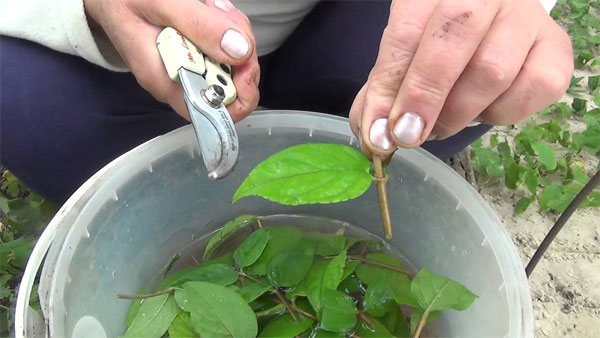

2. Propagation by cuttings
Process:
- prepare cuttings in early summer from adult shoots;
- make sure that each has 2-3 nodes;
- dip them in a growth promoter;
- plant cuttings in a greenhouse;
- deepen each stalk to the middle of the lower bud;
- keep the temperature in the greenhouse at 20-25 degrees

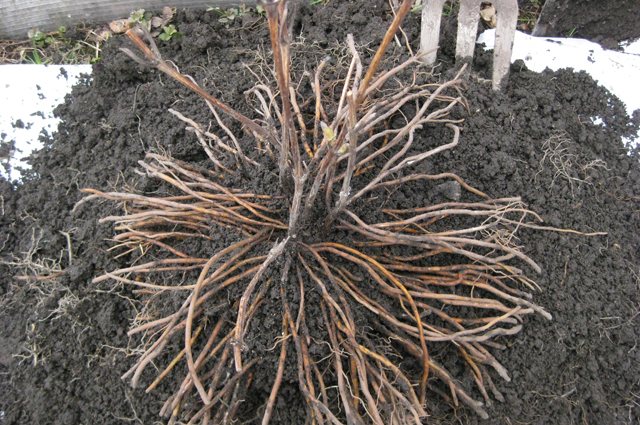
4. Reproduction by dividing the bush
Process:
- dig out an adult bush;
- divide into divisions so that each has a sufficient number of roots and buds;
- shorten shoots that are too long;
- plant the plants in a permanent place
The author of the video talks about growing from the seeds of clematis Rodar love, paying special attention to stratification:
Cultivation
Perennial clematis is grown in accordance with the basic requirements. An important condition is timely pruning according to the scheme of the third group. For abundant flowering of clematis, additional support and the right choice of place when planting are important.
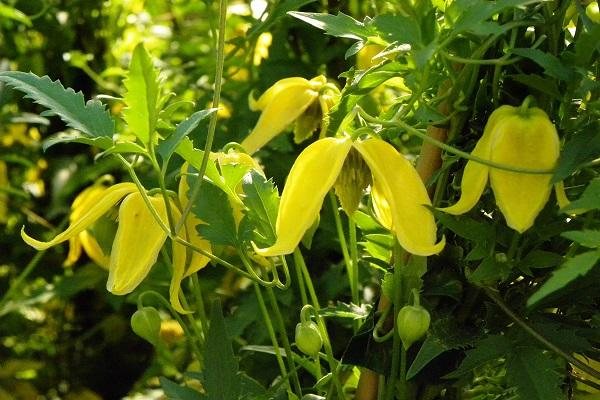

Deadlines
For growing crops, the seedling method is used. The seeds are sown so that the seedlings are 45 to 60 days old by the time they are planted on open ground. Usually seedlings are sown in mid-March. They are planted in a permanent place when the soil warms up to +15 degrees, the exact dates depend on the climatic conditions of the region.
Selection and preparation of planting material
For planting, use self-collected seeds or materials purchased in the store. For clematis, planting material is prepared in an unusual way. The seeds are spread over the surface of the peat, sprinkled with the top layer and removed to the bottom shelf of the refrigerator for 3 months.
By the beginning of March, the seeds are taken out and they begin to prepare for planting. They are soaked, disinfected and sown. Seedlings are planted when the soil warms up and the roots reach a length of at least 10 centimeters.
When buying ready-made seedlings, pay attention to the root system; it must be dry, intact and developed.
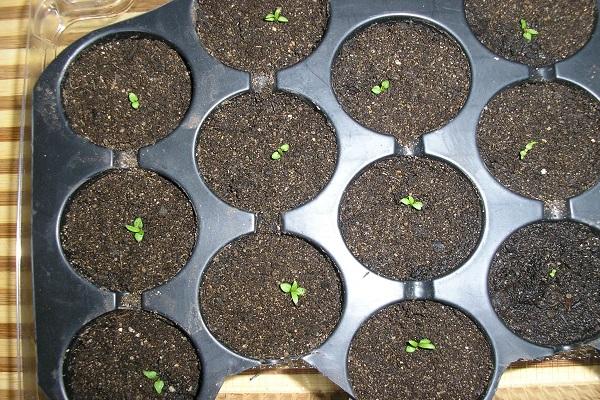
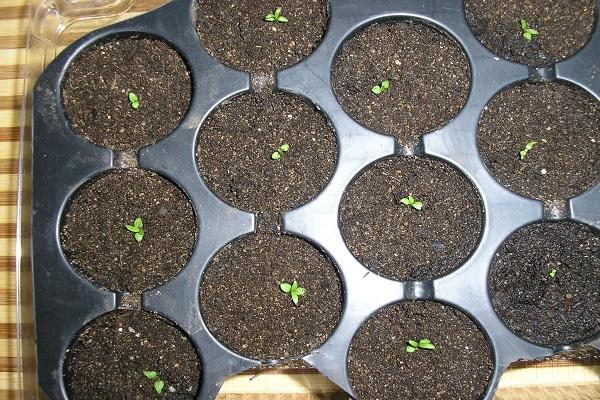
Site requirements
The further development of the perennial depends on the choice of location. It must meet several requirements:
- open, lighted areas with access to sunlight;
- lowlands with high groundwater flow are excluded;
- lack of through winds;
- can be placed near or around thick-stemmed trees.
It is important for clematis to get 6 hours of sunlight every day. In shaded areas, flowers can react by shrinking buds.
Soil selection and preparation
Clematis grows in fertile soil saturated with air. Before planting, the soil is dug up, adding organic complexes. In addition, a dense drainage layer is required for the roots of the vine. Expanded clay, vermiculite are suitable for this.
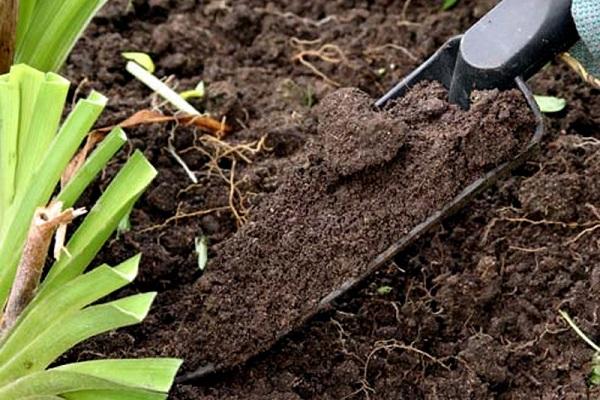
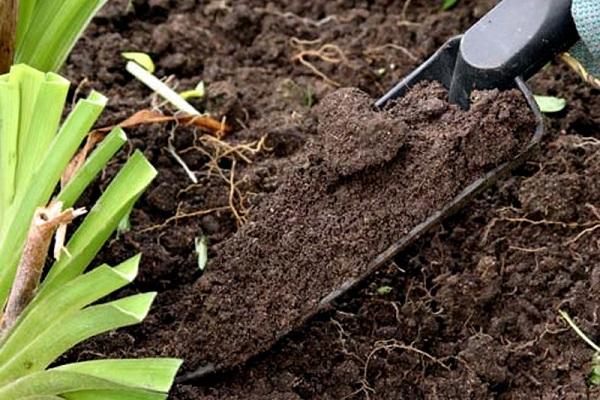
Landing scheme
Clematis are usually planted along hedges or to decorate gazebos. Then a distance of about 1,2-1,5 meters is left between the bushes, for the growth of vines.
Advice! A hole for the bush is dug taking into account the placement of the drainage layer.
